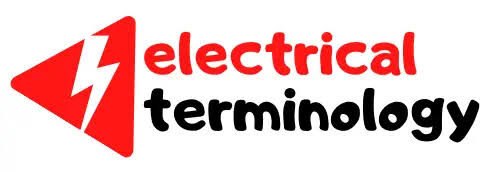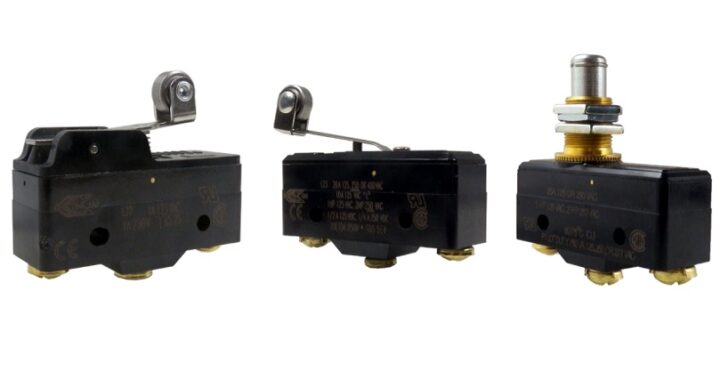Advantages of PLC: The Key to Improved Productivity

If you’re looking for ways to improve productivity and efficiency in your industrial processes, programmable logic controllers (PLCs) are an excellent solution. PLCs are a type of computerized control system that can be used to automate a wide range of industrial processes. With their ability to perform complex operations quickly and accurately, PLCs offer numerous advantages over traditional control systems. In this article, we’ll explore some of the key benefits of using PLCs in your industrial processes and how they can help you achieve improved productivity and profitability.
Advantages of PLC
The following are the advantages of PLC:
1. Advanced technology
PLC is a new technology. In old days, electrical control was mostly based on relays or contactors. Since 1970 PLCs (Programmable Logic Controllers) have become the most common choice for manufacturing/process control. Because the structure of a PLC is based on the same principles as those employed in computer architecture, it is capable not only of performing relay switching tasks but also of performing other applications such as timing, counting, calculating, comparing and processing analog signals.
2. Less wiring
Relays have to be hardwired to perform a specific function. When the system requirements change, the relay wiring has to be changed or modified. The PLC has eliminated much hardwiring associated with conventional relay control circuits.
3. Compactness
PLC is small and inexpensive compared to equivalent relay-based process control systems. Modern control systems still include relays but these are rarely used for logic.
4. Increased reliability
Once a program has been written and tested, it can be easily downloaded to other PLCs. Since all the logic is contained in the PLCs memory, there is no chance of making a logic wiring error. The program takes the place of much of the external wiring that would normally be required for control of the process. Hardwiring, though still required to connect field devices, is less intensive. PLCs also offer the reliability associated with solid-state components.
5. Flexibility
It is easier to create and change a program in a PLC than to wire and rewire a circuit. With a PLC the relationships between the inputs and outputs are determined by the user program instead of how they are interconnected. Original equipment manufacturers can provide system updates by simply sending out a new program. End-users can modify the program in the field, or if desired, security can be provided by hardware features such as key locks and software passwords. You can add extra function modules to enhance the flexibility and performance of the PLC system.
6. Low cost
PLCs were originally designed to replace relay control logic and the cost savings have been so significant that relay control is becoming obsolete except for power applications. Generally, if an application has more than about a half dozen control relays, it will probably be less expensive to install a PLC.
7. Communication capability
A PLC can communicate with other controllers or computer equipment to perform such functions as supervisory control, data gathering, monitoring devices, process parameters and downloading/uploading programs. For communication, you can use various standard communication protocols.
8. Faster response time
PLCs are designed for high-speed and real-time applications. The programmable controller operates in real-time which means that an event taking place in the field will result in the execution of an operation or output. Machines that process thousands of items per second and objects that spend only a fraction of a second in front of a sensor require the PLC’s quick-response capability. Fast operation is the most important advantage as compared to alternative technologies.
9. Easy to troubleshoot
PLCs have resident diagnostics and override functions that allow users to easily trace and correct software and hardware problems. To find and fix problems, users can display the control program on a monitor and watch it in real-time as it executes. PLC control systems have been designed to be easily installed and maintained. Troubleshooting is simplified by the use of fault indicators and messaging displayed on the programmer’s screen. Input/output modules for connecting the field devices are easily connected and replaced.
10. Ruggedness
PLC is designed to operate in the industrial environment with wide ranges of ambient temperature and humidity. A well-designed industrial PLC is not usually affected by the electrical noise inherent in most industrial locations. The chances of defect/damage are very less as there are very lesser moving mechanisms.
11. Easy to learn and program
Programming used for PLC is easy to write and understand. PLC is programmed in relay ladder logic or other easily learned languages. The PLC comes with its program language built into its memory and has no permanently attached keyboard, CD drive or monitor. Instead, PLCs come equipped with terminals for input and output field devices as well as communication ports. You can easily modify the existing program at any time.
12. Low power consumption
Power consumption by a PLC-based system is very less compared to relay-based systems. The average power consumption of a PLC is just 1/10th of the power consumed by an equivalent relay-based control.
13. Shorter project time
The hardwired control system can be constructed only when the task is fully defined. However, in the case of PLC, the construction of the controller and wiring are independent of the control program definition.
14. Availability of many contacts
The PLC has a large number of contacts for each coil available in its programming. These contacts can be used for any change induced in different applications.
15. Simulation feature
PLC programming software comes with simulation features by default. By testing early in a project’s development, overall project quality can be improved. Installation and commissioning can thus be quicker and less expensive as program faults can be detected and corrected early on during development.
If you’re in need of a book about PLC Programming, check out this option on Amazon.

 Types of Timer Relays and Their Applications
Types of Timer Relays and Their Applications  Relay Applications: Real-Life And Industrial Examples
Relay Applications: Real-Life And Industrial Examples  Types of Micro Switches and Their Applications
Types of Micro Switches and Their Applications  Best Voltage Testers for Home Use: 2023 Edition
Best Voltage Testers for Home Use: 2023 Edition  Advantages of Transducers for Optimal Measurement
Advantages of Transducers for Optimal Measurement  Advantages of Infrared Sensors: Improved Accuracy and More
Advantages of Infrared Sensors: Improved Accuracy and More